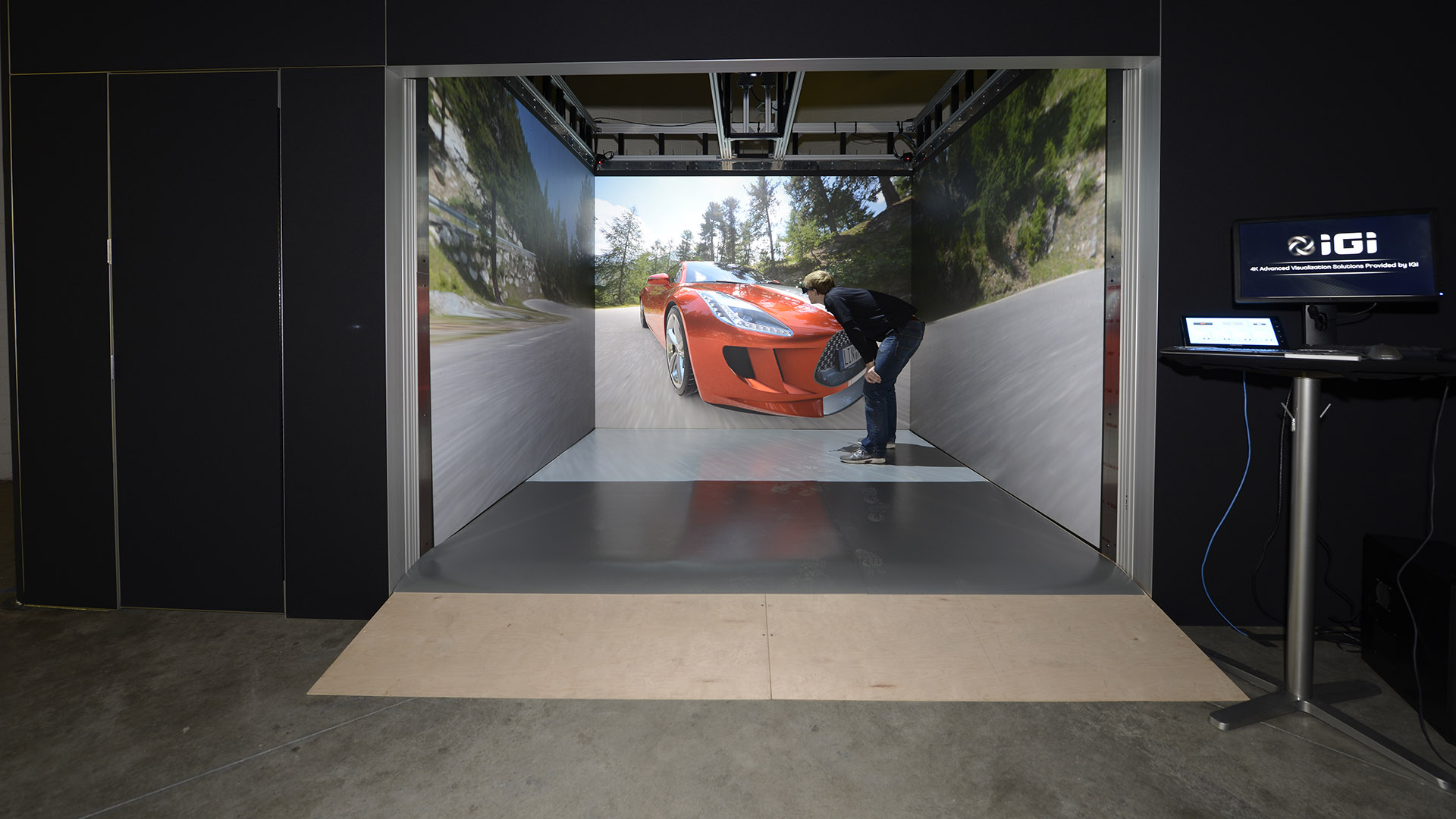

The use of virtual reality has skyrocketed since the release of consumer-focused virtual reality (VR) head-mounted displays (HMDs) like Oculus, Vive, and Samsung Gear. Consumer use has also driven a return to professional applications of VR.
However, the relatively inexpensive Vive and Oculus HMDs don’t have the ability to adequately display the engineering and design data many professional industries require. If your organization requires full functionality from its VR system, (the ability to change environments, color variables, open doors, etc.) you need something more robust than a consumer-grade HMD.
Here are three key steps for creating an effective professional VR environment for your organization.
The first step toward creating an effective VR environment for your organization is to understand what you want to accomplish. Will the system be used for engineering, design, internal marketing, experimentation, or a combination of applications?
Not all virtual reality systems provide the same functionality or performance. Systems used for evaluating larger products like automobiles require a larger motion capture area. On the other hand, if the main function of the system is to evaluate industrial design content, an HMD with a high pixel density is a better choice.
It’s important to work closely with your AV integrator so everyone involved in the integration process understands the specific hardware configuration required to fulfill your desired function. Professional virtual reality used within the engineering and design community is still fairly new, so implementing the wrong system could have a detrimental effect on the use and resulting virtual reality display.
Once you’ve determined how your VR system will be used, it’s important to achieve the minimum performance standards to accomplish the desired task.
For example, if you want users to interact with a full-scale model with precision, then a more sophisticated optical tracking system is required. Additionally, a higher resolution, wider field of view (FOV), or HMDs might be necessary based on the functional and performance requirements determined by your integrator. Keep in mind: professional HMDs are quite different than what is available on the consumer market.
Additional environmental considerations might include collaboration capability, wireless HMD video, or participation viewing of a virtual interaction using PowerWalls, CAVEs, and other advanced visualization display technologies.
Implementing a virtual reality system into your company's design or engineering process can be unproductive and even frustrating if your engineering data cannot be viewed properly within the VR system. Certain off-the-shelf software may provide the desired capabilities depending on the amount of interaction, collaboration, and evaluation needed for your data. If your organization does not already use software that provides certain VR functionality, then additional software may be required to facilitate the VR environment.
It’s important to work closely with your integration partner to understand the complexity (or simplicity) of what’s required to create effective virtual reality environments for your organization. Download our latest eBook, See Beyond, to learn how the VR market got to where it is today and how major organizations across a wide variety of industries are using VR to enhance engineering, design, and training processes.